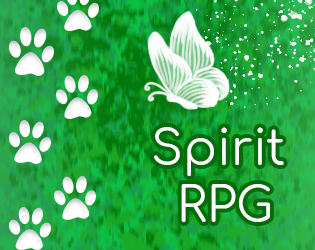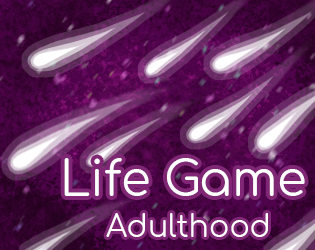In this week’s post we want to talk a bit about the process of making our game, focusing on an individual scene. Hopefully this will give you a bit of insight into the kind of process that lead to Dialogue being the game it is.
We have to start somewhere, so we’ll go from the scene outline. This is just a few sentences on what the scene itself is about and which characters are in it. It’s already been placed within the story as a whole, so you can see the conversations that happen before and after it, as well as its own relevance to the plot as a whole.
First, Flo takes this outline and fleshes it out, making sure there’s enough interesting topics to carry the conversation (adding, cutting or expanding on topics as necessary). Once that’s done, she sends the expanded outline to Dust. He uses it to make a Twine skeleton of the scene, using blank text boxes and mechanical notes. By this point in the process the characters have already been discussed, including their individual mechanics and quirks, so the Twine skeleton reflects that. Flo then fills the Twine file with actual words, and Dust checks to make sure it all works appropriately.
A quick side note about Twine: much has already been said (rightfully) by others about its utility in providing an interactive voice to people without programming experience. For us, it was an invaluable prototyping tool for the core mechanics and story, and we would highly recommend it to anyone embarking on similar endeavours.
At this point we have a playable Twine prototype of the conversation, including all questions and comments the player can make, and every possible outcome. We test the scene individually by showing it to the rest of the team or other testers, and as we make more scenes, we add them to a larger Twine project and start testing whole chapters.
Once we’re set on the words, recording begins. The script was extracted from the Twine skeleton and laid out in a more legible format for the voice actors. Dialogue’s script was recorded over the course of three (hectic) days, and leaves 13+ hours of voice work to be edited into sentence-sized files. In that time, the script is input into a spreadsheet. This format was recommended by professionals more experienced than us for all sorts of games (especially those with as much voice acting as ours) and it proved really useful for Dialogue. We have separate columns for the text on its own (which was then easy to edit), the often illegible ‘text with a million tags’, the background, character expressions, music, sound effects, voice files, and so on. This giant spreadsheet then gets passed on to our programmer, Antony, who uses computing magic to turn it into a playable scene.
Join us next week to hear more about how that magic actually works!


Add your comment